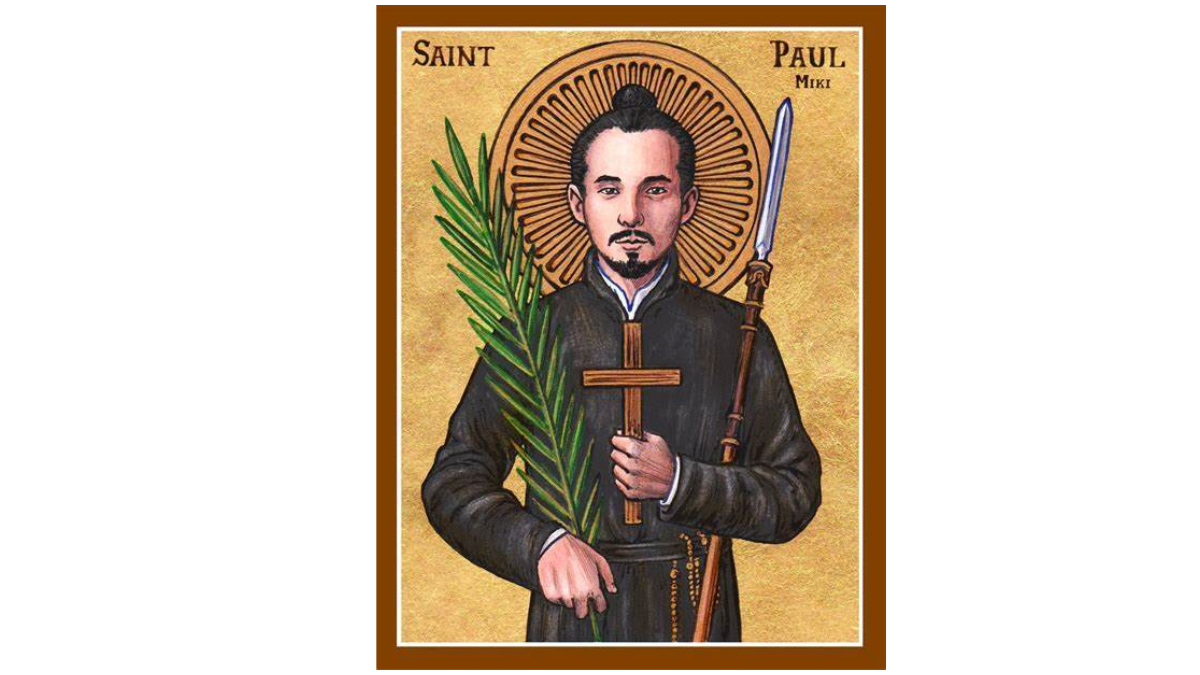

St. Paul Miki
| Feast day | September 25 |
| Patron | of Cork, Diocese of Cork |
| Birth | 550 |
| Death | 620 |
St. Paul Miki was a notable figure in the history of Christianity in Japan. Here are some key details about his life and significance:
Early Life
- Birth: Paul Miki was born in 1562 in Japan to a wealthy family. He was educated by the Jesuits and joined the Society of Jesus (Jesuits) as a novice.
Missionary Work
- Missionary Activities: As a Jesuit seminarian, Paul Miki was known for his eloquent preaching and dedication to spreading Christianity in Japan, which was increasingly under scrutiny and persecution from local authorities.
Martyrdom
- Arrest and Persecution: In 1596, Paul Miki and 25 other Christians (both foreign missionaries and Japanese converts) were arrested by the orders of Toyotomi Hideyoshi, who was the de facto ruler of Japan. This was part of a broader crackdown on Christianity, which was seen as a threat to national unity and stability.
- Execution: On February 5, 1597, Paul Miki and his companions were executed by crucifixion on a hill near Nagasaki, known as the site of the “Martyrs of Japan.” Even while being crucified, Paul Miki continued to preach to the people, forgiving his executioners and affirming his faith in Christ.
Legacy
- Canonization: Paul Miki and his companions, known as the 26 Martyrs of Japan, were beatified by Pope Urban VIII in 1627 and canonized by Pope Pius IX in 1862.
- Feast Day: Their feast day is celebrated on February 6.
- Impact: St. Paul Miki and his fellow martyrs are remembered for their steadfast faith and courage in the face of persecution. They are an important symbol of the early Christian community in Japan and their enduring legacy in the history of the Church.
St. Paul Miki’s life and martyrdom highlight the challenges and sacrifices faced by early Christian missionaries and converts in Japan, and his story continues to inspire many in their faith.
Views: 4
Hey, Stop taking advice from the dark side , there is better way to lead good life . Subscribe to The Catholic
